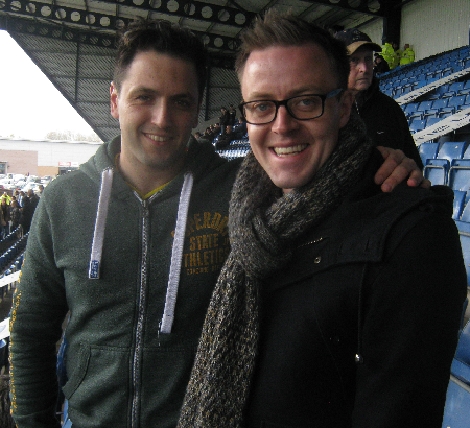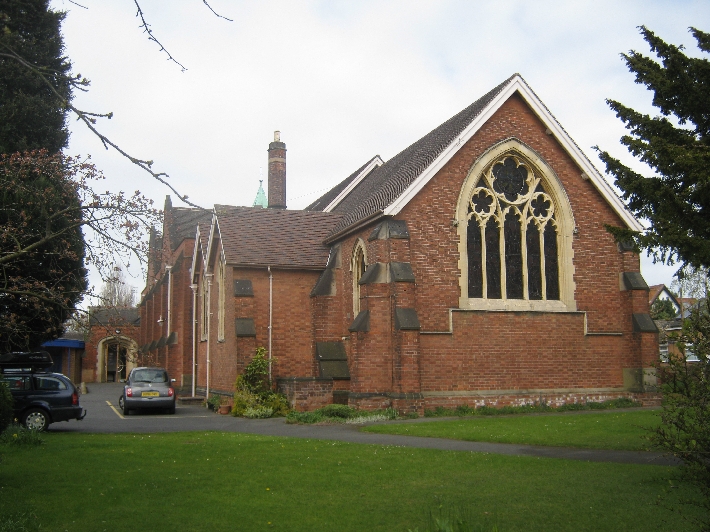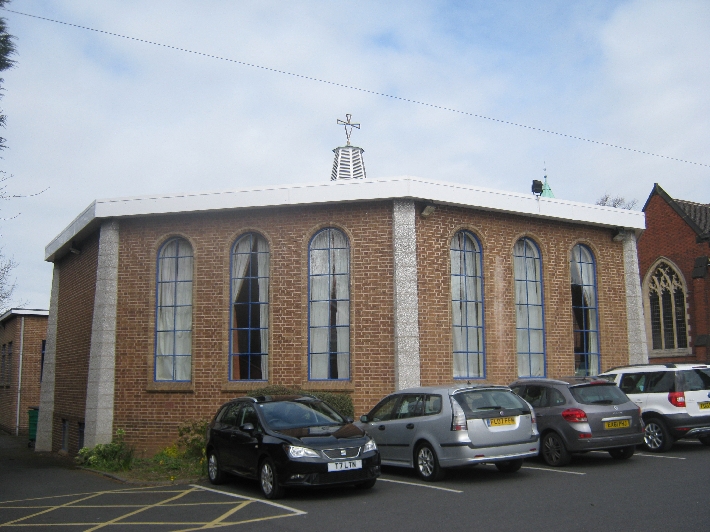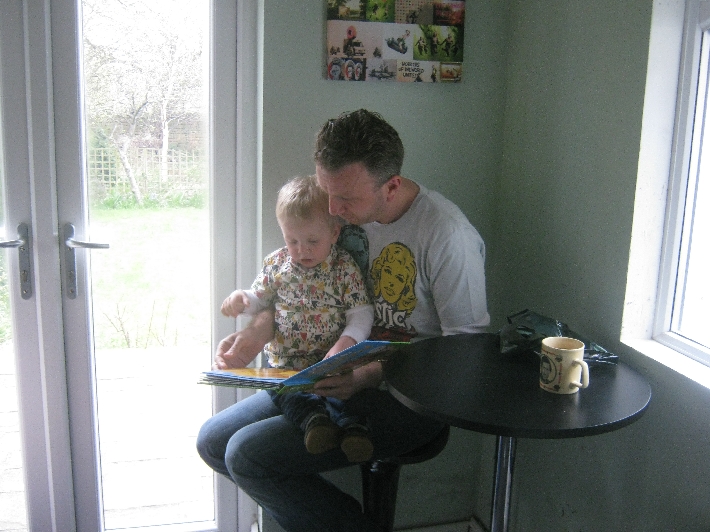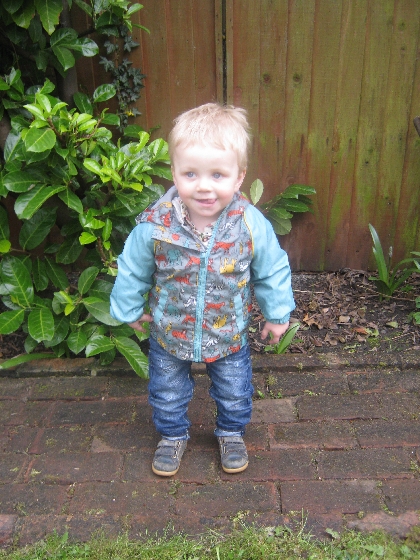
As I explained in my earlier post, I spent the second half of my time in the UK, attending the annual ICS Chaplains Conference which this year took place at Ashburnham Place Conference Centre, near Battle in East Sussex. Whilst being conveniently located for reaching Dover and my return journey to Prague, I wasn’t otherwise very enamoured with the venue.
However, as always, I enjoyed meeting and hearing from my fellow Chaplains ministering in a variety of situations across Europe, and a couple from farther afield. And for the first time, I was invited to speak myself, giving what was billed as a ‘TED talk’, about my ministry in Prague, Brno and Dresden. It was very nice to have positive feedback from several of my colleagues following my talk, as well as an appreciative email from the ICS Mission Director when I returned to Prague.
In particular, it was both a privilege and a challenge to listen to my colleagues Alyson Lamb, Chaplain of St. Michael’s, Paris and Paul Vrolijk, Senior Chaplain of Holy Trinity, Brussels, speaking about their recent experience of terror attacks. Both had direct pastoral involvement with a member of Alyson’s congregation having a relative killed, and a member of Paul’s congregation being injured. Both also spoke the possibility of further attacks and of their respective Churches being possible targets.
Working myself in a European capital city, the possibility of similar events happening here, has often been in the back of my own mind. Likewise, being seen as a Western Christian Church, might even make us a target. Yet as both Alyson and Paul explained, you cannot put security measures in place without discouraging people from coming to worship.
For the final thirty-six hours of the conference, we were joined by my Diocesan Bishop Robert Innes. With Augustine Nwaekwe, a Nigerian priest who is Chaplain of Ostend and Bruges, they spoke about ministering to sub-Saharan Africans who are increasingly part of many of our congregations, including my own. What they both had to say was quite enlightening. Most memorable was learning an African expression addressed to Europeans. ‘You have watches – we have time’ 🙂

Bishop Robert was the Celebrant and Preacher at our Eucharist on the final evening of the conference. Whilst I do appreciate the value of modern technology, I was left to reflect whether we were to give thanks for the Holy Sacrament or for Steve Jobs? 🙂

